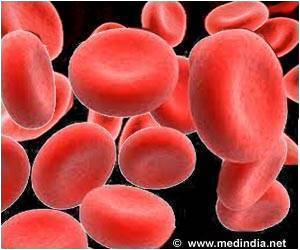For the study, researchers looked at the records for all people with a stroke who were treated with clot-busting drugs at a stroke center in Finland over 15 years.
After determining how many had unruptured aneurysms, they then looked to see how many people had a hemorrhagic stroke, or an intracranial hemorrhage, caused by the rupture of the aneurysm while they were in the hospital after the treatment.
Of the 3,953 people in the study, 132 people had one or more unruptured aneurysms. Of the 155 unruptured aneurysms, 141 were the type called saccular aneurysms and 14 were fusiform aneurysms.
The aneurysms ruptured after treatment causing a hemorrhagic stroke in only three people, or 2.3%. All three had large aneurysms called fusiform basilar artery aneurysms. All three were treated with blood thinners after their treatment. None of the saccular type of aneurysms ruptured.
“Fortunately, today blood thinners are not commonly used early after ischemic stroke, so that may help to reduce this risk even further,” Virta said.
“Our results suggest that thrombolytic therapy may be relatively safe for people with ischemic stroke even if they have larger saccular aneurysms that have not ruptured.
For people with large fusiform aneurysms, additional consideration should be taken regarding treatment as blood thinners may increase the risk of aneurysm rupture.
Source: Eurekalert



